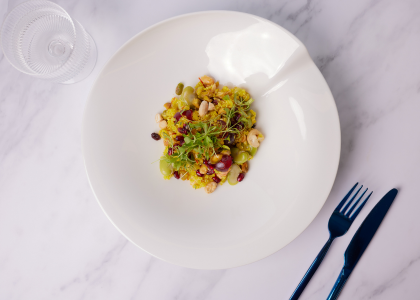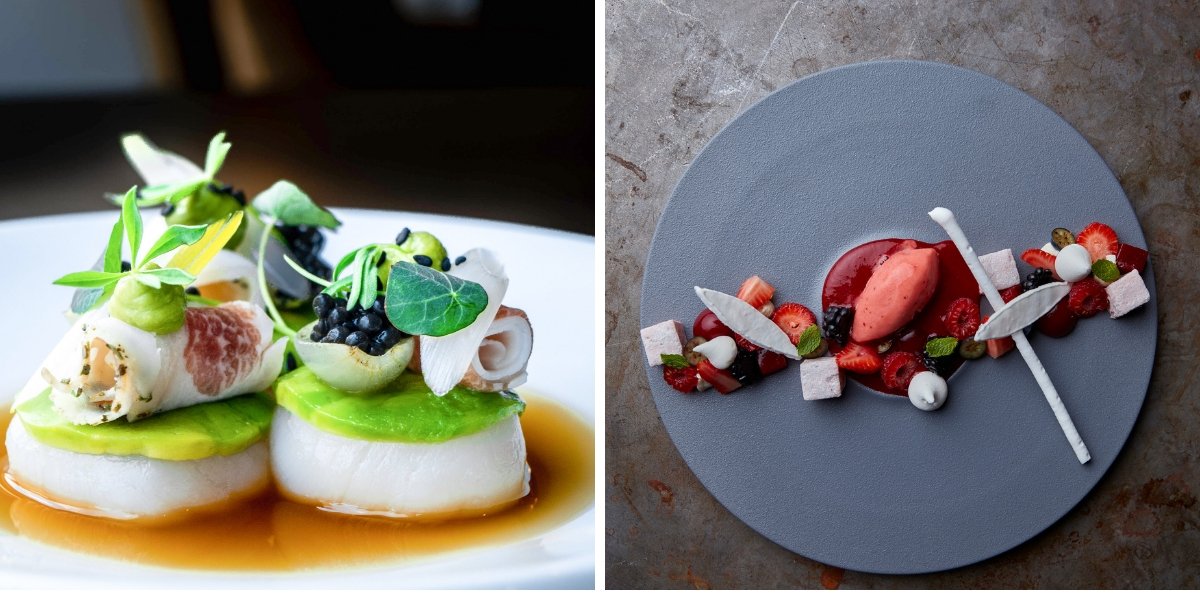
A plant-based recipe to celebrate great chefs around the world
This International Chef's Day, we're raising a fork to the hard-working and passionate chefs across the world, including Le Cordon Bleu chefs in training, ...

Whatever your journey to becoming a food writer looks like, you need to develop a distinctive food writing voice that captivates and compels your audience. In this article, we discuss what food writing ethos and pathos are, and how they can help you develop your own voice.
We use our voices to speak every day. However, this is often forgotten when putting pen to paper, as we become more constricted by grammatical rules and preconceived ideas of how food articles should be written. The unique tone and style with which you speak, if written down, is often more compelling than off-the-shelf food writing cliches.
The challenge comes when writing commercially.
"Food writing is a commercial venture, so you really are beholden to the publication you are writing for and need to tell a story that fits with their editorial voice.This can be difficult to accept as a writer! But the more credibility you get as you gain experience, the more freedom you have to find your own voice and experiment with longer-form pieces that allow for more creativity. - Justin Bergman, programme coordinator, Le Cordon Bleu Online Food Writing course

By understanding (and using) pathos and ethos you can develop your food writing voice.
Balancing pathos and ethos is the mark of a successful food journalist. After all, eating is largely an emotional experience and many food publications are read for enjoyment, so it's important to balance the credibility of ethos, against the approachability of pathos.
Published food journalists must also understand how to adjust their use of these tools to match the editorial voice of different publications.

Copyright © 2026 Le Cordon Bleu International B.V. All Rights Reserved.